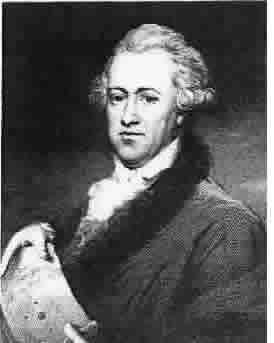©The William Herschel Society
Herschel House, 19 New King Street, Bath. BA1 2BL UK Telephone +44(0)1225 446865

NGC 6934 was first seen by William Herschel in the late eighteenth century. He classified
it as a “bright nebula” and was not able to resolve it into stars. Lying 50 000 light-years
from Earth, in the outer reaches of our Milky Way galaxy, NGC 6934 is home to some
of the most distant stars still to be part of our galactic system — in a sense, it
is a far-flung suburb to the Milky Way’s city centre.
Credit:ESA/Hubble & NASA
Join the William Herschel Society
Herschel’s home in Bath was privately purchased on March 13th 1981, exactly 200 years
after his famous discovery of Uranus from the garden with his home-made, to create
a museum. The Society is a trustee of the Herschel House Museum together with Royal
Society, The Royal Astronomical Society, Bath University and the Bath Preservation
Trust. It is a Registered Charity No. 276847, which is able to support the Herschel
House trust in practical ways.
 Benefits of Membership
Benefits of Membership
Regular meets are held on the first Friday evening of the month.
The Society organises public lectures particularly the Annual Herschel Lecture and
the pre-
Members are given unrestricted free access to the Museum during opening hours. Local members assist in the museum.
Astronomy courses are run from time to time for members and non-
Members receive two copies per year of the Journal -
The Society has a world-